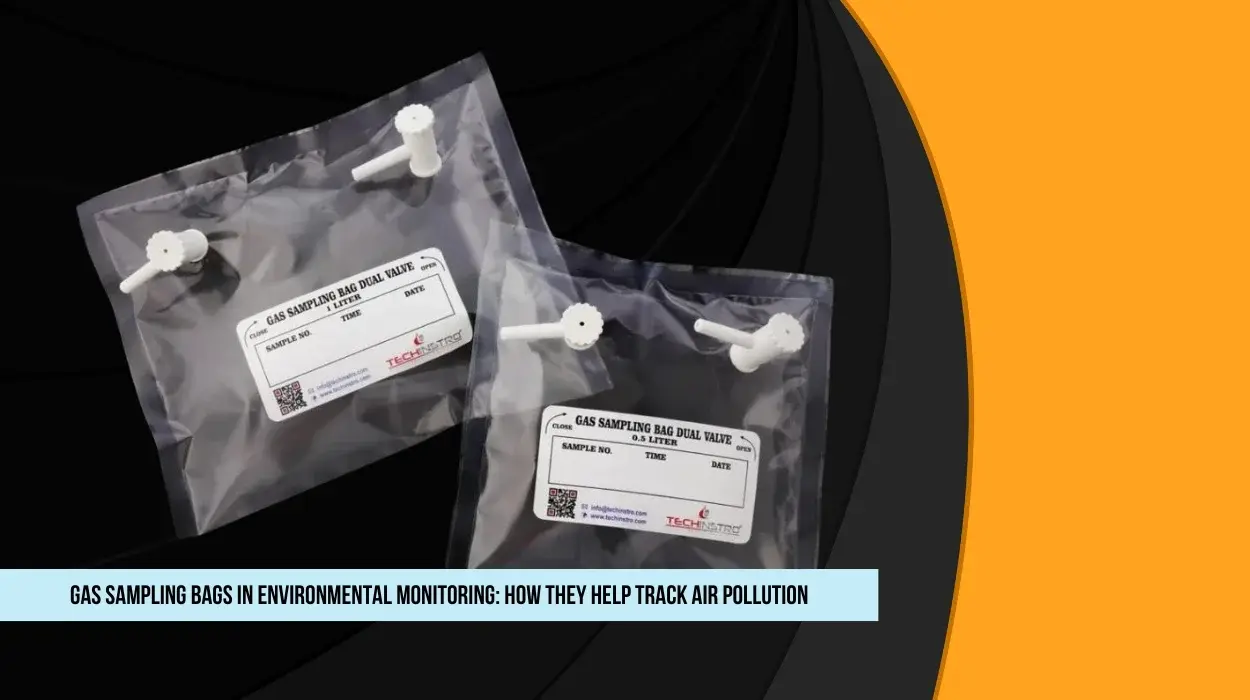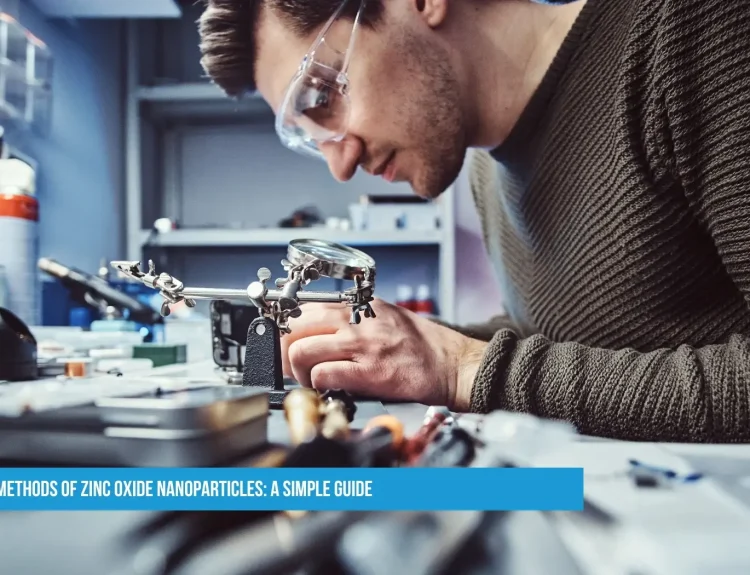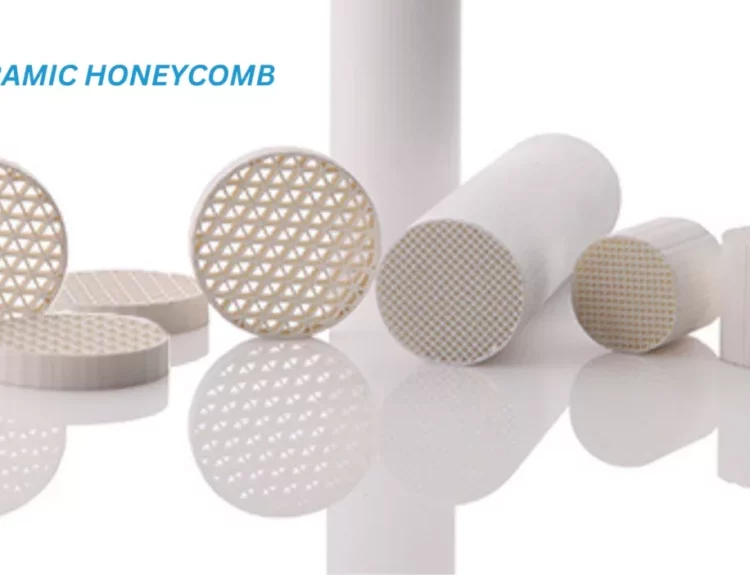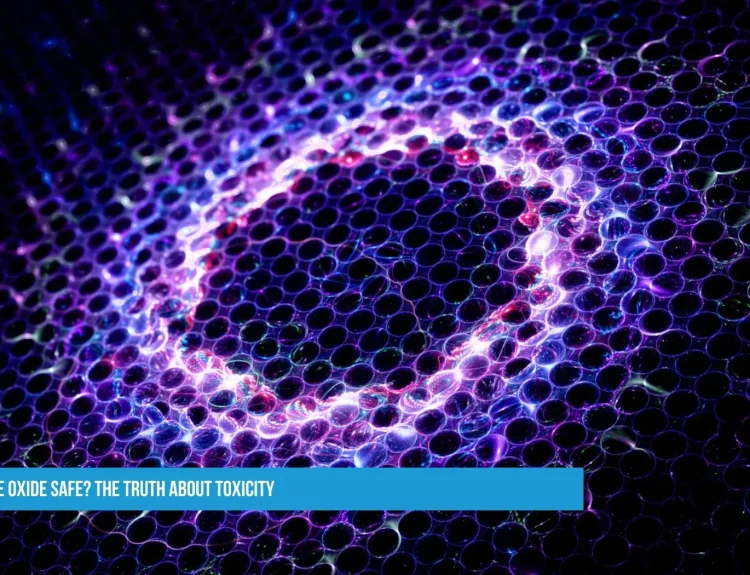When scientists and environmental agencies need to measure air pollution, they often rely on a simple but powerful tool: gas sampling bags. These specially designed bags capture air samples for analysis, helping track pollutants like smog, greenhouse gases, and toxic chemicals.
How Do Gas Sampling Bags Work?
Gas sampling bags are made from chemically inert materials (like Tedlar®, FlexFoil, or Nalophan) that don’t react with the gases inside. Here’s how they’re used:
Collection: A pump or syringe fills the bag with an air sample.
Sealing: The bag is tightly closed to prevent leaks.
- Lab Analysis – Scientists test the sample for pollutants like:
- Volatile Organic Compounds (VOCs) – From paints, fuels, and industrial emissions
- Carbon Monoxide (CO) & Nitrogen Oxides (NOx) are common in vehicle exhaust
- Methane (CH₄) & CO₂ – Key greenhouse gases
- Example: A researcher near a factory might use a gas bag to check for toxic fumes.
Why Use Gas Sampling Bags Instead of Direct Sensors?
While real-time sensors exist, gas sampling bags offer unique advantages:
- Portable & Easy to Use – No power source needed.
- Preserves Samples – Allows delayed lab testing.
- Cost-Effective – Cheaper than advanced monitors.
- Wide Compatibility – Works with most lab equipment.
Limitation: Some gases (like hydrogen sulfide) can degrade over time in bags.
Key Applications in Environmental Monitoring
Urban Air Quality Studies
- Cities use gas bags to measure traffic pollution and industrial emissions.
- It helps enforce clean air regulations.
Indoor Air Pollution Checks
- Detects VOCs from furniture, cleaning products, or mold.
- Used in schools, offices, and homes.
Industrial & Factory Emissions
- Monitors leaks from chemical plants or refineries.
- Ensures compliance with environmental laws.
Climate Change Research
- Tracks methane leaks from landfills or oil fields.
- Measures CO₂ levels in forests and urban areas.
Disaster Response
- After chemical spills or fires, gas bags help assess toxic risks.
- Used in wildfire smoke analysis.
- Best Practices for Reliable Sampling
To avoid errors, scientists follow strict protocols:
- Pre-clean bags to remove contaminants.
- Fill slowly to prevent leaks.
- Analyze within 24-48 hours (some gases degrade).
- Use inert materials (Tedlar® is the gold standard for VOCs).
Future Innovations
New advancements are making gas sampling even better:
- Smart Bags – Embedded sensors for instant readings.
- Longer Storage – Improved materials to preserve reactive gases.
- IoT Integration – Wireless data logging for remote monitoring.
Conclusion
Gas sampling bags may look simple but are critical in fighting air pollution and climate change. By capturing snapshots of our atmosphere, they help scientists, governments, and industries make more intelligent decisions.







